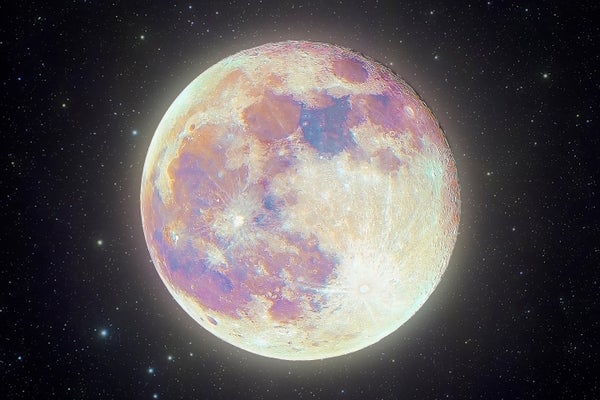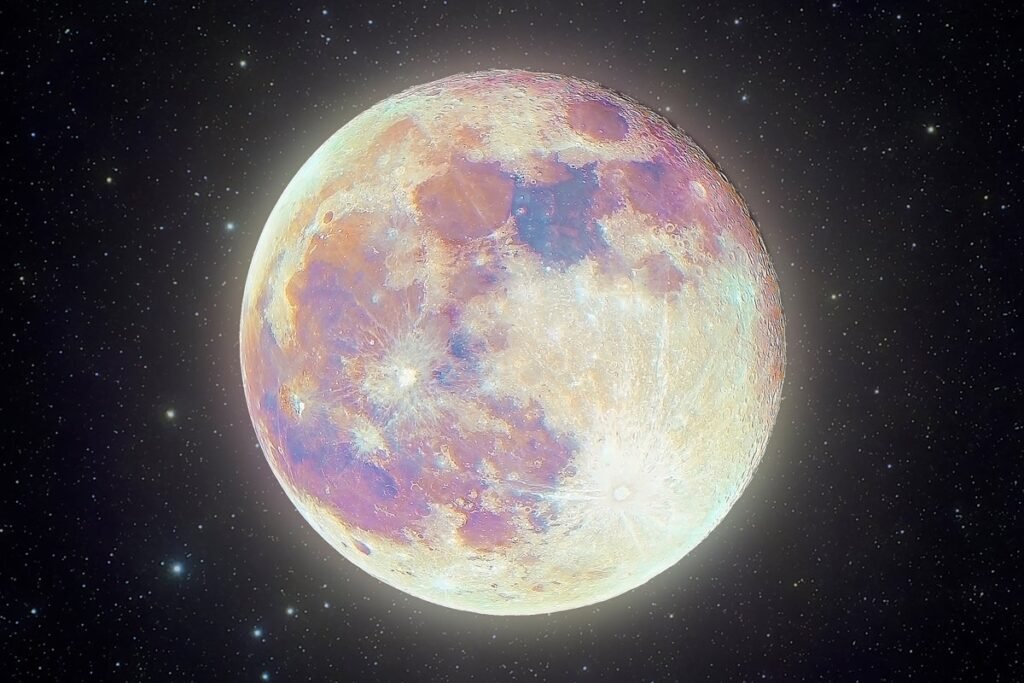December 20, 2024
2 read me
A melting event on the ancient Moon may explain the 150 million year difference in age estimates
The moon may have melted 4.35 billion years ago, explaining the mystery of the moon’s age

Photo by Javier Zayas/Getty Images
The Moon is Earth’s closest neighbor in space and the only extraterrestrial body ever visited by humans. However, scientists still don’t know exactly when a Mars-sized meteorite will hit It slammed into the early Earth, causing the creation of our natural satellite from the waste. Moon rock samples suggests that the event occurred 4.35 billion years ago, however models of planet formation and zircon fragments It was deposited on the surface of the moon 4.51 billion years ago.
A new study published on December 18 nature It offers a way to explain this gap of 150 million years. Computer modeling and analysis of previous studies suggest that the 4.35 billion-year-old rock samples are not from the moon’s birth, but from a later event in the moon’s history where it temporarily warmed, causing its surface to melt and crystallize.
The Moon is slowly moving away from Earth, so its orbit is not circular. As it moves, Earth’s gravity squeezes and stretches it, resulting in what is known as tidal heating, and one such warming event probably occurred 4.35 billion years ago. This early moon would have resembled Jupiter’s moon Io, says lead author of the new study Francis Nimmo, a planetary scientist at the University of California, Santa Cruz. “It would have volcanoes on its surface,” he says. This event would also have obliterated lunar impact basins caused by meteorite impacts, which researchers also use to estimate age.
About supporting science journalism
If you like this article, please consider supporting our award-winning journalism subscribe. By purchasing a subscription, you’re helping to ensure a future of impactful stories about the discoveries and ideas that shape our world.
That 150-million-year difference matters a lot to scientists, Nimmo says, especially when it comes to learning more about the early days. the earth. “The Moon is moving away from the Earth, and the speed at which this is happening depends on how old the Earth was,” he says. “Was it strong? Was it liquid? Did it have an ocean? Did he have an atmosphere?’ For example, the very early Earth probably had no oceans, or it would have pushed the moon away too quickly. The timing of the Moon’s formation is key to these calculations, and more complex models of tidal heating and the mineralogy involved may help refine our view in the future.
“Previous research has not comprehensively synthesized all the available evidence,” says Yoshinori Miyazaki, a geophysicist at the California Institute of Technology who was not involved in the study. “This paper provides a better approach to resolving discrepancies between different age estimates.”
Current hypotheses for the formation of the Earth and the Moon, which place the date between 30 million and 150 million years after the birth of the sun, suggest very different scenarios for the formation of the planets. “Resolving these uncertainties is essential to building a coherent picture of the history of the solar system,” says Miyazaki.

